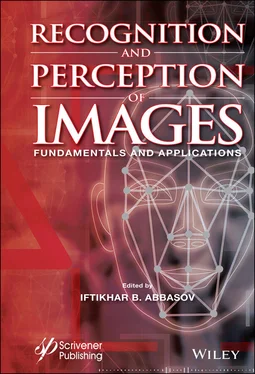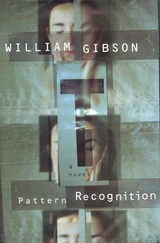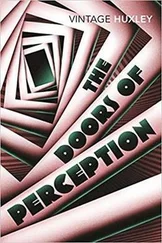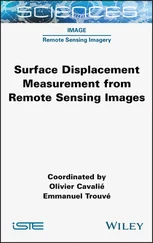1.3.4 The Dependence of Perception on the Orientation of the Figure
For us, additional recognition factors are the apparent orientation of the shape in a given context. As a sign of orientation, the observer takes into account the relative position of the top, bottom and borders of the figure. The unfamiliar shapes shown in Figure 1.3.20seem to be different from the neighboring forms, although they are identical. The shapes on the right and on top due to the special position are recognized by us rather quickly; therefore, with the change of location, the perception of the figure also changes.
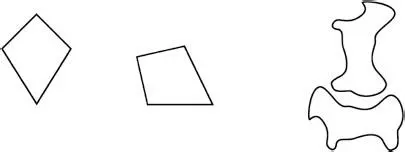
Figure 1.3.20 Perception of forms depending on orientation.
The ambiguous forms presented in Figure 1.3.21in various combinations are perceived as shapeless spots, but they are created on the basis of the profile of a woman’s face, turned in various combinations [Arnheim, 1974], [Shiffman, 2008], [Abbasov, 2016].
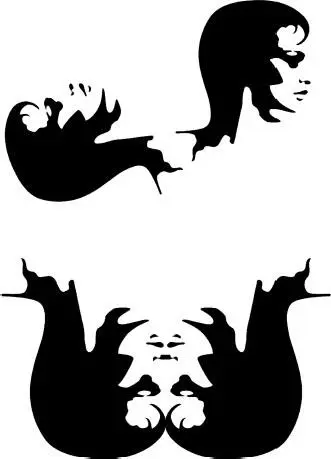
Figure 1.3.21 Perception of ambiguous forms.
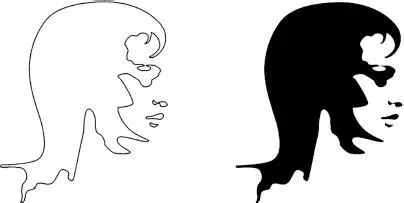
Figure 1.3.22 Recognition of the profile on the background and as a contour.
The perception process is influenced by past experience, memories, expectations, suggestion, and surroundings. Setting an observer under a certain perception of the surrounding world is called a perceptual setting. On Figure 1.3.22, on the left, four figures of irregular shape are shown, but as a profile of the face they are perceived in the right figure.
The gestalt organization of perception takes into account the combination of “figure-background”, built on the factors of “good continuation” and closure.
The imposition of various installations based on the effect of J. Stroop is associated with the reading of textual characters in the presence of distracting factors. This effect is manifested in the fact that the subjects are slower to cope with the task, if they have to determine what color is printed on the word, which indicates a different color. For example, the word “blue” is printed in red paint ( Figure 1.3.23); you can try to voice the color of words without being distracted by their context [Abbasov, 2019].
There is also the phenomenon of synesthesia (color hearing), when two sensory systems of sight and hearing are connected and influence each other in the final perception. A person with color hearing, when listening to music, sees color visual images. Such people are called synesthetics; they can read plain text without any problems, although each letter (sound) has a different color for them. When they are presented with a text of multicolored letters, they feel uncomfortable, they begin to stumble, the speed of reading slows down. For them, the randomly given color of the letter does not coincide with their perception of the color of the letter. In the history of music many famous Russian composers were synesthetics, including A.N. Scriabin and N.A. Rimsky-Korsakov. Frenchman O. Messiaen and Lithuanian musician and artist M.K. Churlionis were also synesthetics.

Figure 1.3.23 The task for the Stroop effect.
1.4 Space Perception
1.4.1 Monocular Spatial Signs
The retina is a two-dimensional curved surface. Despite this, we can estimate the distance of objects in the three-dimensional world. The distance of objects is determined on the basis of some monocular and binocular signs. Spatial signs that are perceived by one eye are called monocular (or pictoral). Monocular spatial signs are mostly static, i.e., when the observer and objects of the field of view are fixed [Gippenreiter, 2002], [Shiffman, 2008], [Abbasov, 2016]. The perception of still scenes, photographs, art paintings is based on static monocular signs. Monocular signs convey the depth of space and distance by visual means, and the observer has an illusion of volume when viewing pictures.
Size of objects. The first monocular feature is the relative size of objects; a smaller object is perceived as more distant.
Interposition. Partial blocking or overlapping of one object by another is called interposition. The object located closer may overlap the objects located behind ( Figure 1.4.1). Interposition to determine the relative distance of objects.

Figure 1.4.1 Flat and three-dimensional interposition of one scene.
Aerial perspective. When viewing the surrounding landscapes of objects nearby, we see more clearly than distant objects. This monocular source of information is called the air perspective; it arises due to the scattering of light on the smallest particles of the surface layer of the atmosphere.
Shadow and Luminosity. Close to the light source surfaces of objects have the greatest luminosity. With distance from the light source, the luminosity of the surfaces decreases and their shading increases. The shadow that falls on the surface of the object itself, blocking the light, is called its own. If the shadow of an object falls on another surface, it is called a falling one. These shadows are important signs of the depth of the scene; they tell us information about the shape of objects, the distance between them and the location of the light source.
The work of [Gonzalez, Niechwiej-Szwedo, 2016] describes the influence of monocular vision on the accuracy of coordination of hand movements at the moment of capture. It’s known that the moveable eyes are in motion up to the completion of the movement. The eyes moving to object is analyzed in the space and recognized thus simplifying the control of subsequent movements. However, the monocular vision doesn’t allow the complete determination of the position of the object and hands in the space. Fifteen people who carry out the control action using the video tracker and system of motion capture took part in the experiment. As a result the time for taking the bead and pulling it on the needle at the monocular vision was increased up to 2.5 sec, and in case of binocular vision it was 2 sec. The obtained results prove the defining role of binocular vision in the everyday living of man.
The work of [Luke, Henderson, 2016] considers the influence of significance of visual stimulus content on eye movement. The text, photos of townscapes, landscape pictures and their analogs such as stylized pseudo stimuli were used as the visual stimuli. As a result it was determined that the duration of fixation and saccades amplitude were larger for pseudo stimuli as they need more time to be recognized and perceived.
Linear perspective. In the perception of the depth of space, linear perspective plays an important role. Linear perspective provides for a gradual decrease in the magnitude of distant objects and distances between them. The most obvious example of a linear perspective is railroad rails ( Figure 1.4.2) [Website istockphoto, 2020]. Despite the parallelism, it seems that the rails in the distance converge at a point called the vanishing point.
Читать дальше
